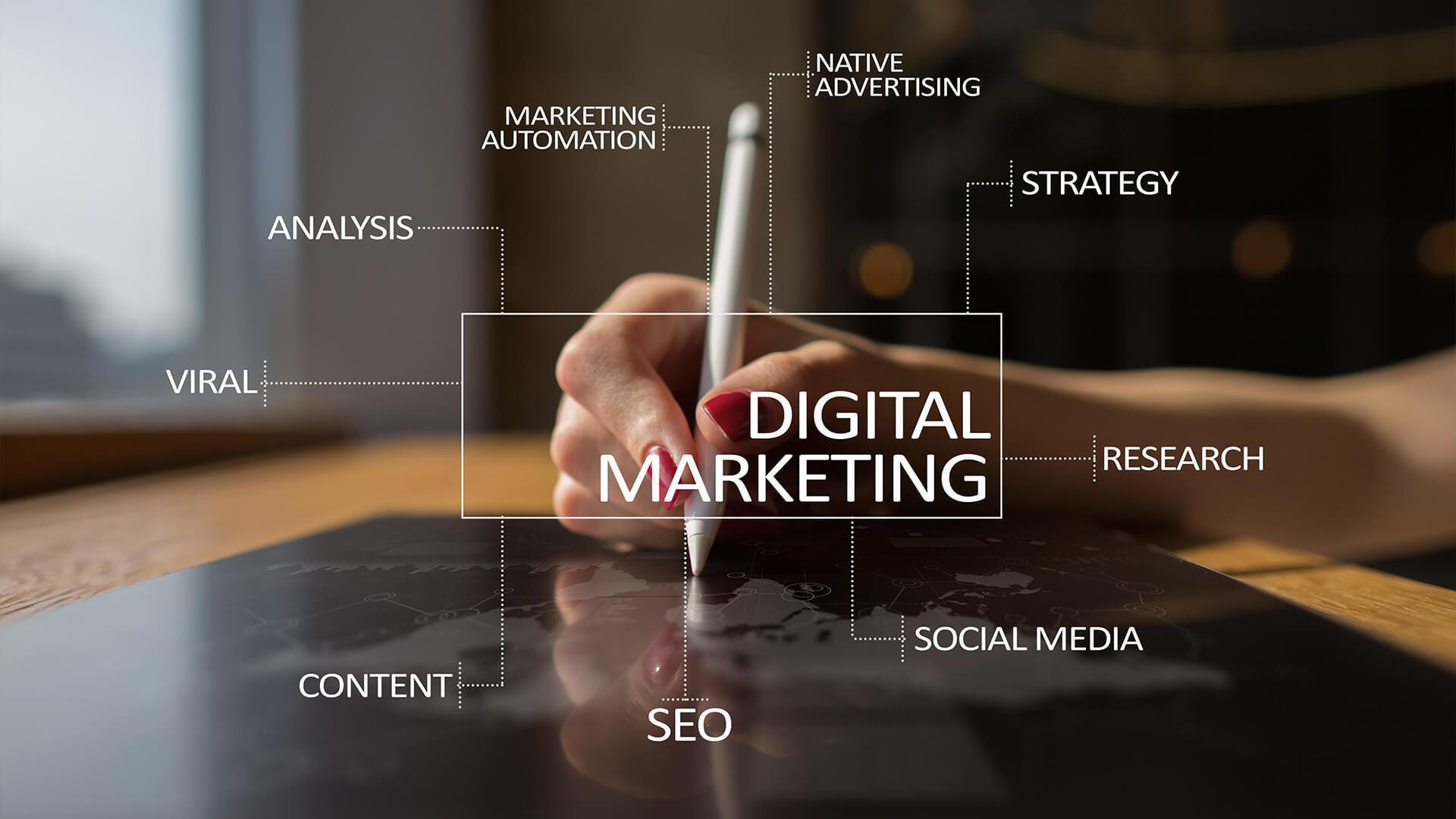Digital Marketing for Your Business Growth
Digital Marketing for Your Business Growth Md. Joynal Abdin, BBA (Hons.), MBA Founder & CEO, Trade & Investment Bangladesh In today's hyper-connected world, digital marketing has become a cornerstone for businesses aiming to thrive and expand their reach. Traditional…
Read More



 by
by